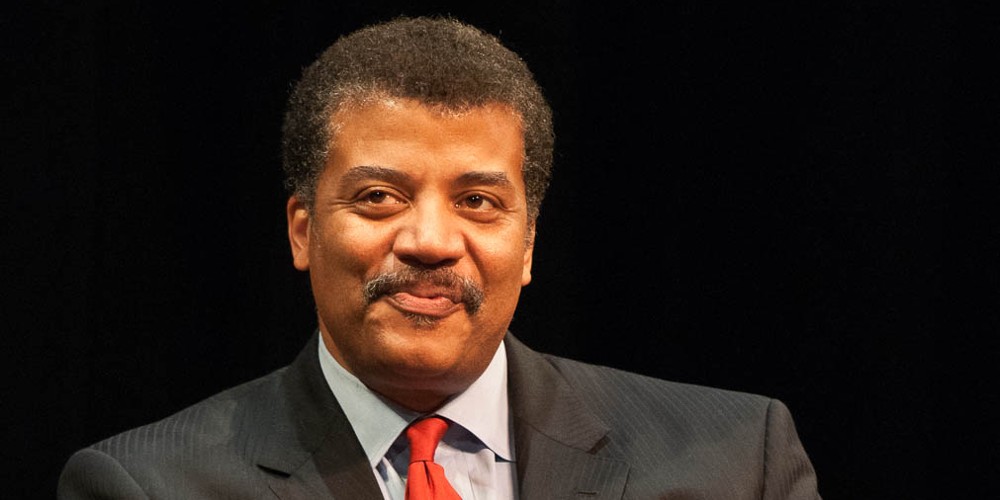Those who argue that critical race theory is a conservative hallucination need look no further than Los Angeles to see that the right is right—yet again.
The 600,000-student Los Angeles Unified School District is using taxpayer dollars to train government teachers and staff members to instruct boys and girls that meritocracy, success, and hard work are all “white.” So, logically, if you are black, then kakistocracy (rule by the worst), failure, and sloth are just your cup of tea.
“Beef Steak” – our most popular survival beef product – is on sale now.
Promo code “steak40” at checkout for 40% off!
This is vile, repugnant, racist garbage.
Documents unearthed by Fox News Channel’s Jessica Chasmar confirm that this “implicit/unconscious bias training” is guided by UCLA professor Tyrone Howard. It contends that “Whiteness” incorporates “an anti-Blackness ideology, which demonizes that which is furthest from White.” Also, “Individualism” operates “from a survival-of-the-fittest approach that stresses singular pursuit and accomplishment.”
When I was in the Los Angeles Unified School District, from kindergarten through grade 12 (1969-1982), it did not peddle this sludge. Instead, teachers, counselors, parents, and everyone else encouraged all kids—regardless of race—to focus, learn, strive, and, thus, prepare for prosperity in this land of abundance and opportunity.
Forty years later, my old school system tells black kids that if they believe they can rise by doing their homework, studying hard, and reaching for riches, then they are acting white.
America’s second-largest school district has incubated the self-inflicted cancer of the “acting white” syndrome—which plagues too many black kids who value intelligence—and injected it into the curriculum.
In short: Critical race theory holds blacks down, so the KKK doesn’t have to.
This Democrat-promoted concept is beyond reprehensible.
These training materials urge dismantling the “myth of meritocracy” and fighting “microaggressions,” among them “Everyone can succeed in the society if they [sic] work hard enough.”
According to these lesson plans, the microaggressors who would express such ugliness must be confronted with the question: “So you feel that everyone can succeed in the society if they work hard enough. Can you give me some examples?”
OK. Here are 10:
1. Booker T. Washington: This former slave founded the Tuskegee Institute.
2. Madam C.J. Walker: This one-time laundress earned millions via hair care products.
- Gold SKYROCKETED during Trump’s first term and is poised to do it again. Find out how Genesis Precious Metals can help you secure your retirement with a proper self-directed IRA backed by physical precious metals.
3. Louis Armstrong: This prostitute’s son co-fathered jazz and scored global stardom.
4. Ella Fitzgerald: This poor girl became the 20th century’s finest female vocalist.
5. Jackie Robinson: This star athlete integrated baseball and is among its greatest players ever.
6. Charlayne Hunter-Gault: She integrated the University of Georgia and thrived in network news.
7. E. Stanley O’Neal: This grandson of a slave rose to become CEO of Merrill Lynch.
8. Oprah Winfrey: Actress, broadcaster, media tycoon. Net worth: $2.6 billion.
9. Neil DeGrasse Tyson: Author, astrophysicist, director of the Hayden Planetarium.
10. Barack Obama: Law professor, legislator, 44th president of the United States.
Each of these individuals was born in the USA, worked hard, and succeeded. Aside from the mixed ethnicity of some, there is nothing “white” about them. They all made it here while being looked at as black and never running from their “blackness.”
Tens of millions of other blacks have yet to achieve such fame and fortune. Regardless, they own shops, fly planes, cure patients, fix computers, construct houses, cultivate crops, and otherwise flourish through talent and diligence.
Those who parrot the filthy lie that blacks cannot soar in America through industriousness because they lack “whiteness” are the most repugnant, dangerous, and evil racists around. For every white-hooded hatemonger haunting the hinterlands, there are hundreds of “diversity” specialists diligently advancing racism by preaching the slanderous gospel of black disability.
The critical race theory advocates who pump this unfiltered sewage into the curriculum in Los Angeles and beyond deserve to be utterly disempowered and ultimately roasted in hell with all the heat of the high noon sun.
Image by Bruce F Press, CC BY 3.0, via Wikimedia Commons. Article cross-posted from Daily Signal.



